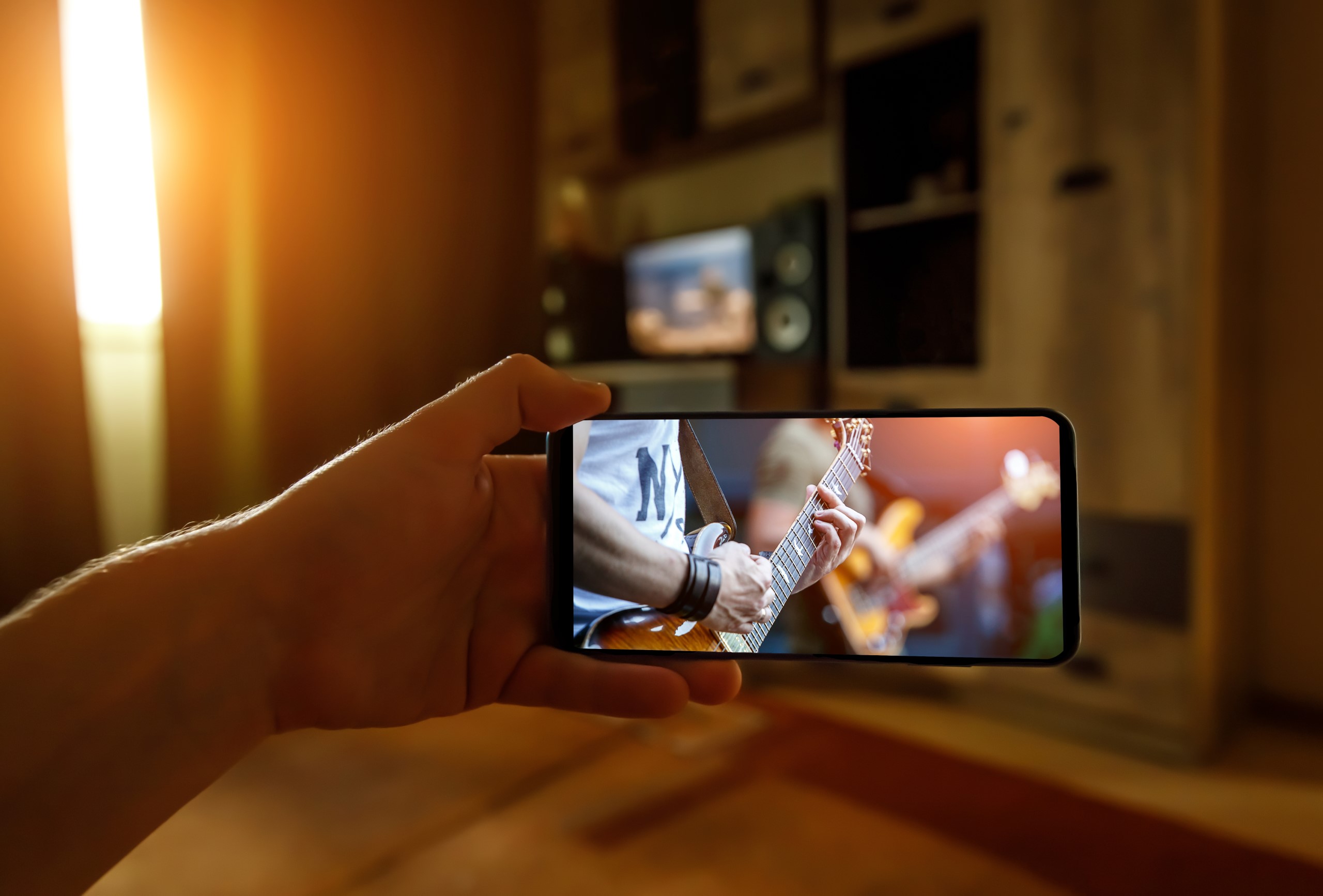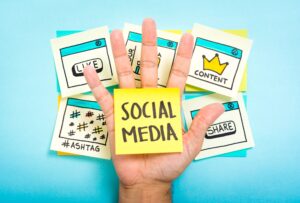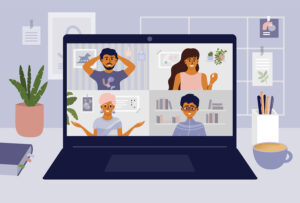
What if this is it?
What if this is as good as it gets? A lifetime wearing face masks – or rushing back home to find the one you forgot, just so you can buy a loaf of bread. A life wearing baggy pants with a few cooking stains for your most important client meeting because your lockdown tum-down is mercifully hidden by a Zoom screen.
And what if we are faced with a lifetime of Vera repeats and no new middle of the road middle-class BBC dramas to help us escape the humdrum of our lives for an hour every Monday at 9pm? And god forbid what if temporary lockdown home schooling just becomes schooling?
What if I never get to see Take That in concert again apart from a live stream into my living room brought to me by a meerkat?
Every crowd-based event that we once took for granted will look and feel so very different. Theatre, comedy, musicals, gigs, opera, D-list celeb pantomimes, the races, awards ceremonies, corporate networking or sales events and big brand launches may never be the same again. No crowd surfing, no back slapping, no more big, bright, brash hats, no more he’s behind yous, no sales spin and swopping of business cards, no heckling, no Rule Britannia and no branded freebie bags full of stress balls and plastic pens or the obligatory after event drinks with new-found best friends.
Instead we will sit on our comfy sofas in our comfy pants and log on and tune in – trying to get involved and get in the mood. Trying our best to look engaged and immersed.
So how does it feel to attend a virtual event? Flat or fabulous? Who loves or loathes them? As a planner how to you make it a success and as a business or brand how do you make them lucrative?
Planning a virtual event a few years ago would have sounded so futuristic and so out there. But in our era of Tik-Toking teenagers and crypto coin dealing through to online zoo and museum visits, it doesn’t sound out there at all anymore.
Tech and social media have allowed the smallest of gigs to the biggest of conferences to cut costs and carbon footprints and open up the invitation to a boundary-less, limitless worldwide community. Lady Gaga’s star-studded ‘One World: Together at Home’ virtual concert was livestreamed to millions of people in their homes across the world. Easy for celebrities with trillions of Twitter and Instagram followers. But how do businesses get people to log on, live stream and live tweet without strings of number ones, award nominations and record labels backing them?
Not so easy. But here are 5 tips to get you going.
Tip 1 – It’s all in the preparation
Your plan of attack should be to first answer these 10 questions to form your event concept and strategy.
- What kind of experience do you hope to deliver?
- Will the event be live, on-demand, or both?
- Where do I want the content to be seen?
- Will access be gated or free?
- When is the best time for the event?
- Will you require event registration?
- How will you promote the event?
- Do you plan to work with an advertiser or other partner?
- Will people still have access to the event once it’s over?
- What KPIs and data do you plan to track?
Tip 2 – Timing is of the essence
Getting the date and time right is essential, so do your research. Before you commit or send out invites to save the date to your network, make sure there are no events or holidays that would compete with yours. Check analytics to see when your community is typically online or consider posting a poll for preferred dates.
Don’t forget time zones if you are going global – pick a time that works for as many of your customers and followers as possible. It’s useful to ensure content is accessible after the live presentations for those who couldn’t make it.
Tip 3 – Shout if from the rooftops and laptops
Be focused on the key selling points of your event and shout it loud in all your marketing and social media. This could anything from a gift incentive, a noteworthy speaker or an opportunity to network to discounted pricing, live demos or a sneak preview of an exclusive new product or service.
Registrations tend to peak 2-3 weeks before an event so maybe ramp up marketing activity around this time, with LinkedIn’s InMail ads which may be a better way to extend invitations than impersonal sponsored posts.
Take advantage of the social media tools available such as creating an event countdown in Instagram Stories or list your event on sites like Eventbrite or wherever your audience will be surfing and searching.
Speakers can become influencers and brand ambassadors, so provide them with the details they need to share and shout about your event with their army of followers.
No virtual event should be without a link to a registration form or your Instagram or LinkedIn profile and don’t forget to share an event hashtag to drive conversations online.
Tip 4 – Hitches and glitches
It may seem obvious but rehearse and test. Test your Internet connection, rehearse again and refine and get speakers do the same. Prepare backups of visuals, demos and presentations in case tech lets you down.
Be mindful that some guests may not be tech savvy so anticipate the troubles people may encounter by preparing easy to follow guides or FAQs that are easy to access.
Tip 5 – Get engaged
Create opportunities for engagement by getting people involved. Just because it’s not face to face doesn’t mean it can’t be personal.
Encourage questions and comments through a chat tool, ask people to participate in polls or quizzes, encourage live tweeting, take requests and invite suggestions. And at the end of the event, ask for feedback.
Failing all that, ask Beyoncé to sponsor your event.




